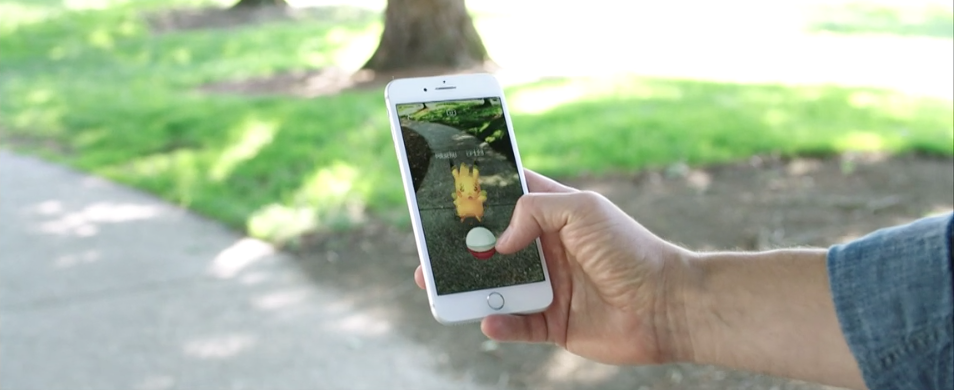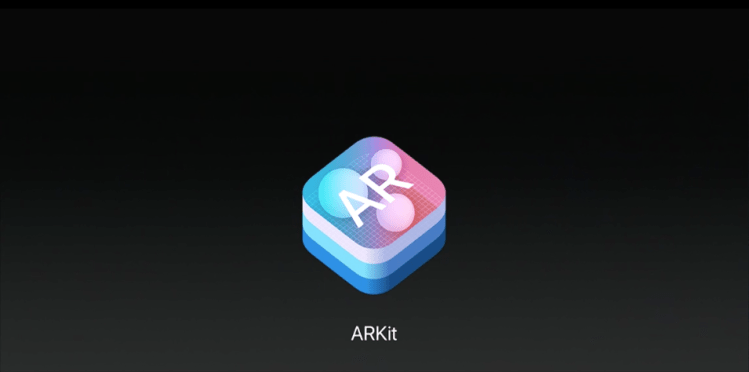At its WWDC 2017 developer conference today, Apple announced the ARKit. As its name implies, this is a developer kit that allows developers to bring augmented reality as part of iOS 11. This is Apple’s first foray into augmented reality, and unsurprisingly the company wants to get developers onboard first.
Apple promised “fast and stable motion tracking” that allows virtual objects to be placed in reality. ARKit also features plane estimation with basic boundaries, ambient light estimation, scale estimation, and Xcode app templates, plus support for Unity, Unreal, and Scenekit.
Onstage, developers saw an iPhone identify a table as a flat surface. A virtual cup was then placed on this table, as was a lamp. With the lamp turned on, the cup’s shadow moved accordingly. The message was clear: You can now create virtual objects and place them in the real world using iOS devices.

June 5th: The AI Audit in NYC
Join us next week in NYC to engage with top executive leaders, delving into strategies for auditing AI models to ensure fairness, optimal performance, and ethical compliance across diverse organizations. Secure your attendance for this exclusive invite-only event.
It appears Apple hopes ARKit will be used for gaming. Wingnut AR showed off a game (coming later this year) and Apple promised that Pokémon Go will eventually support ARKit. Games aside, Apple also mentioned that Ikea is making an app and showed off a Batman Lego app.
This is a big deal for Apple because it is the first time that its hardware and software is officially going to support augmented reality. Third-party iOS apps have toyed with AR capabilities, sure, but now Apple is throwing its weight behind the technology.
ARKit leverages the iPhone’s and iPad’s camera, motion sensors, as well as their CPU and GPU. The company is going all in. Craig Federighi, Apple’s senior vice president of software engineering, declared that “hundreds of million of iPhones” will support ARKit, making iOS “the largest AR platform in the world.”
Federighi added that Apple will share more about its augmented reality strategy “later this year” (likely when it unveils the next iPhones).


